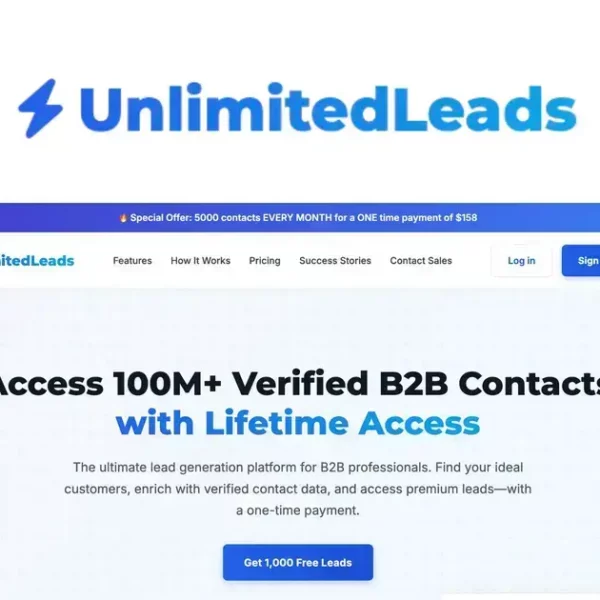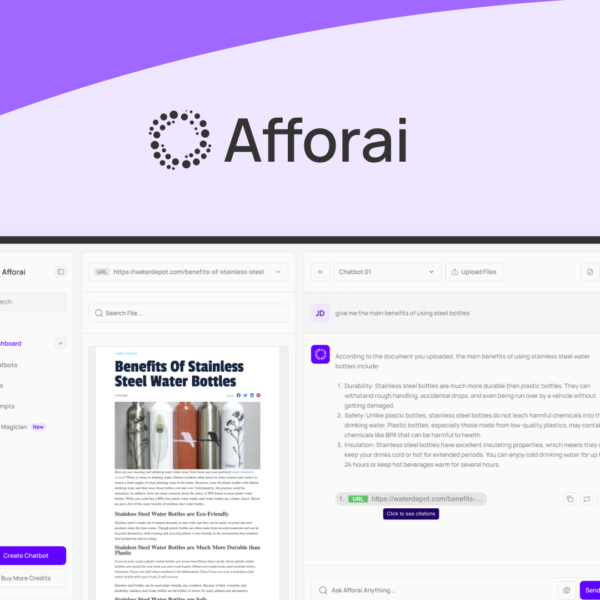SaaS Products are powerful tools for automating and enhancing your business operations. But with countless options out there, how do you pick the right one? Let’s dive into some essential tips!
Research the Developer and Company
When it comes to lifetime deals on SaaS products, knowing the developer and company is super important. This helps you understand what you’re getting into. Start by visiting their website. Look for information about the company’s history and their team. A transparent company usually means they are trustworthy.
Check Their Background
Look for reviews or testimonials about the company. Sites like G2 or Capterra can give you insights from real users. Positive feedback is a good sign. However, take note of any patterns in negative reviews. This can help you spot any red flags.
Explore Their Features
Review the features of their SaaS product. Are they innovative? Does the product solve a real problem for you? Companies that regularly update their features show they care about their users and are eager to improve.
Look for a Roadmap
Some companies share a roadmap or future plans for their product. This can help you decide if they are committed to long-term development. A clear plan gives you confidence in the product’s future value.
Engage with Them
Don’t hesitate to reach out. Contact their support team with any questions. How quickly they respond and how helpful they are can tell you a lot about their customer service. Strong support can make a huge difference in your experience.
Check Recent Features Released

When looking at lifetime deals for SaaS products, checking recent features is key. New features show how a product evolves. They can indicate whether the company listens to users and improves regularly.
Look for Updates
Search the product’s blog or updates section. Companies often share news about new features there. This helps you see what’s changed and what’s coming next.
Evaluate User Response
Check how users react to recent features. Are they happy? Look for comments or reviews. If many users mention a feature positively, it’s likely useful.
Compare with Competitors
Look at similar products in the market. What features do they offer? This can help you decide if the software is competitive. If it falls behind, it may not be worth the investment.
Consider Your Needs
Think about what features matter to you. Do you need specific tools for your business? Prioritize products that align with your needs and add real value.
Future Roadmap
Check if the company shares a feature roadmap. This can help you know what’s planned. If they have exciting features in the works, it might be a good sign of innovation.
Examine Their Roadmap
Examine the product’s roadmap before choosing a lifetime deal. A roadmap shows the company’s future plans. It reveals what features and updates are coming next. This is important for ensuring the product will grow and improve over time.
Check for Transparency
A clear roadmap indicates the company is open with its users. This transparency builds trust. If a company hides its plans, it may be a red flag.
Focus on User Demands
A good roadmap reflects what users want. Check if they’re planning features that address common user feedback. If their plans align with your needs, that’s a positive sign.
Look for Frequent Updates
A strong company regularly updates its roadmap. This shows they’re continuously working to improve the product. Regularly shared updates indicate a committed team.
Assess Compatibility with Your Business
Think about how future features will impact you. Will they improve your workflow? Make sure their plans fit well with your business needs.
Research similar products’ roadmaps
Comparing roadmaps with competitors can be useful too. This can help you see if a product stands out or lags behind. Make sure you’re choosing a product that’s keeping up with the market.
Engage with Customer Support

Engaging with customer support is vital when considering a lifetime deal. Good support can make your experience much better. Before you buy, reach out to their support team with questions.
Ask About Features
Inquire about the product’s features. Ask how they can help your business. A responsive team will answer quickly and provide useful info.
Test Their Response Time
Pay attention to how fast they respond. If you’re getting quick replies, that’s a good sign. Slow responses may mean trouble later on.
Check for Support Channels
Look for different support options. Do they have live chat, email, and phone support? More choices often mean better help if issues arise.
Read User Reviews
User feedback can tell you a lot. Search for reviews about their customer support. Happy users usually share their experiences online.
Evaluate Their Knowledge
Good support knows the product well. When you chat with them, notice how knowledgeable they are. They should be able to help solve your problems easily.
Assess Immediate and Future Needs
When considering a lifetime deal, assessing your immediate and future needs is crucial. Think about what your business requires now and what it might need later. This ensures you choose the right software for your goals.
Identify Current Needs
Begin by listing your current problems. What tasks are challenging? Identify software features that can help you solve these issues today.
Consider Growth Plans
Next, think about your business’s future. Are you planning to expand? If so, ensure the product can grow with you. Check if it offers scalable options that fit your future plans.
Evaluate Flexibility
Look for flexible features that can adapt to changes. Software that can be customized may handle shifting needs better. This is important as your business evolves over time.
Seek Multi-Functionality
Opt for SaaS products that cover multiple needs. This can save you time and money. Having all tools in one place is more efficient than juggling different apps.
Gather Input from Your Team
Involve your team in the assessment process. They can provide insights on what features are necessary. Their feedback is valuable in making the best decision for everyone.




